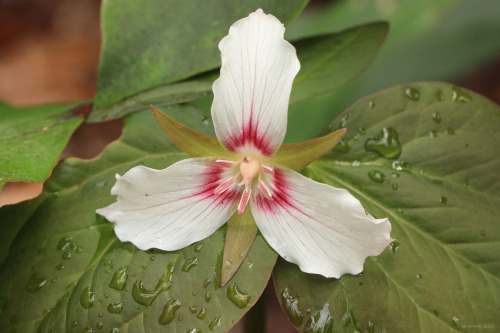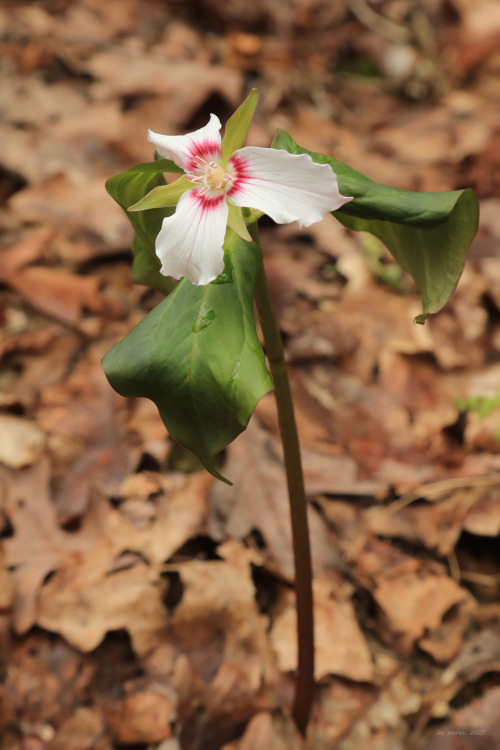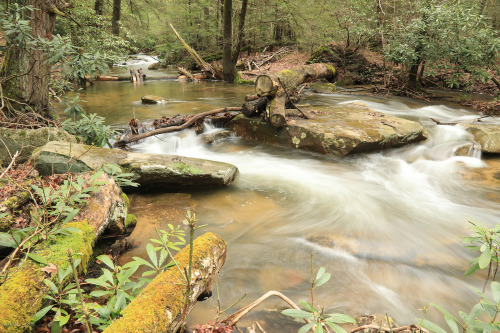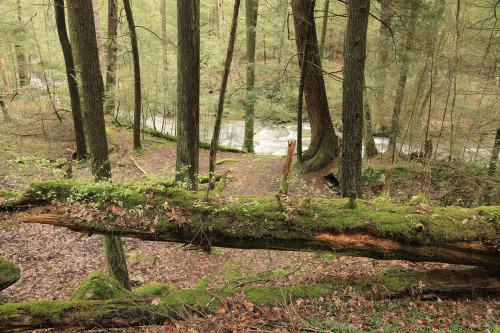#red eft



Some images of a red eft (larval stage of Eastern red spotted newt) from 8/8/21.
A photo of a red eft, the terrestrial, juvenile stage of the eastern/red-spotted newt (Notophthalmus viridescens). Behind the eft are living lycopods (clubmoss), the oldest extant group of vascular plants, estimated to have evolved around 410 million years ago! To put this in perspective, amphibians didn’t show up in the fossil record until about 360 million years ago! Even closer to home, mammals only showed up around 120 million years ago; primates only 65 million years ago; the earliest humans (Homo spp.) only showed up about 2.3 million years ago; and Homo sapiens a mere 200,000 years ago. This means we’ve been around only 0.05% of the time the lycopods have. Thinking about this blows my mind in all sorts of amazing ways!!!
Post link
Eastern hemlock (Tsuga Canadensis) is sometimes referred to as the “redwood of the east”, and once-upon-a-time, this was absolutely the case; great expanses of virgin hemlock forest cooled headwater streams and created their own unique ecology. But these old growth forests are largely gone now, with only a few remnant stands scattered along the Appalachian spine. A spring hike through a pristine stand of these gentle giants is an experience to be treasured, providing a rare connection to a primeval world nearly lost to us.
From top: Painted trillium (Trillium undulatum), a lover of old hemlock and spruce forests and the most beautiful and delicate of all the trilliums to bloom in this area; marsh blue violet (Viola cucullata), a moisture-loving violet with club-like hairs at the throat of its flower; heartleaf foamflower (Tiarella cordifolia), which clumps gorgeously at the edges of seeps and brooks; halberd-leaved yellow violet (Viola hastata), an Appalachian endemic with sword-like leaves; and a red eft (Notophthalmus viridescens viridescens) on a perilous journey in search of a pond environment, where it will eventually transform into an adult newt.
Post link











